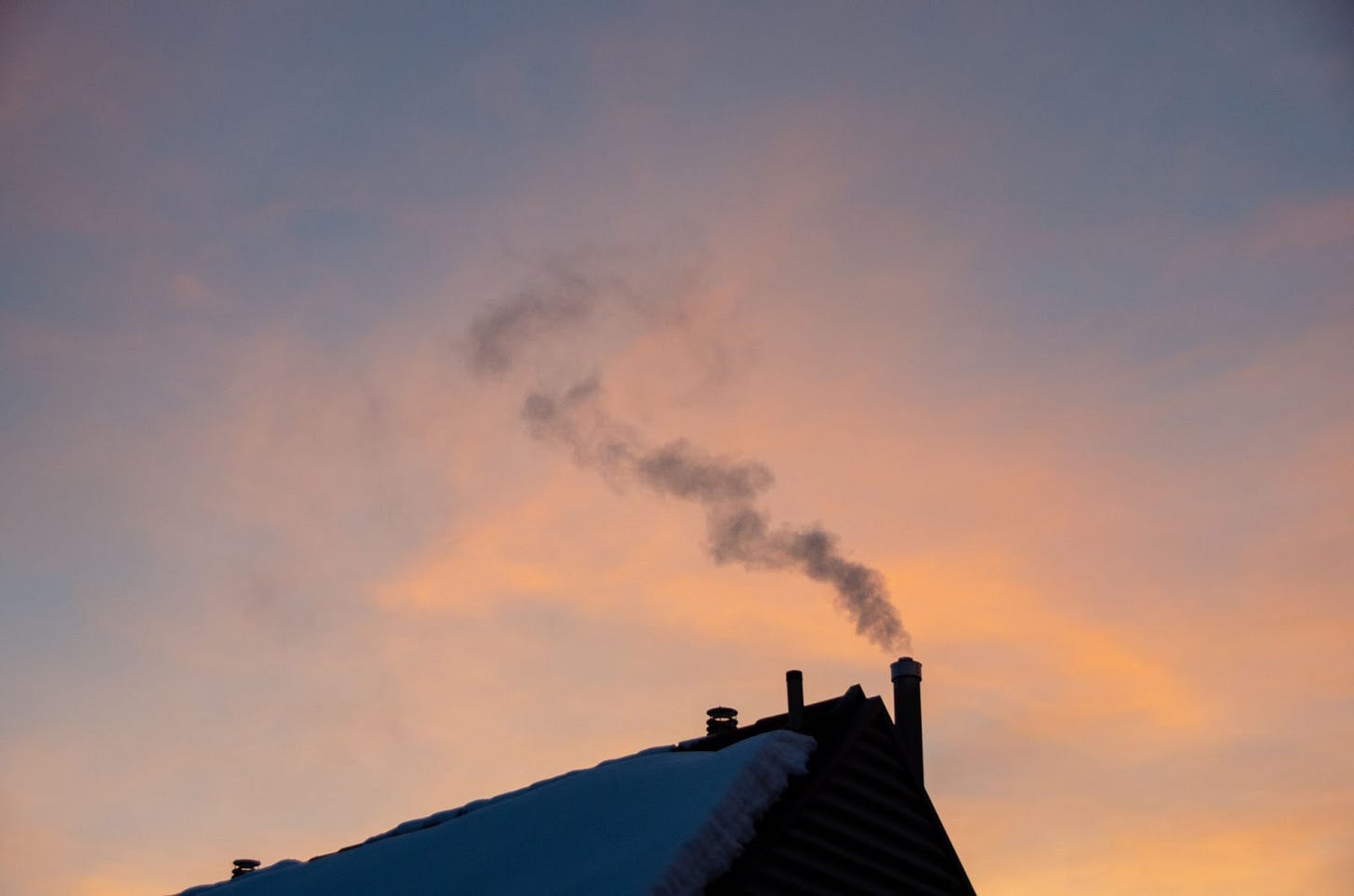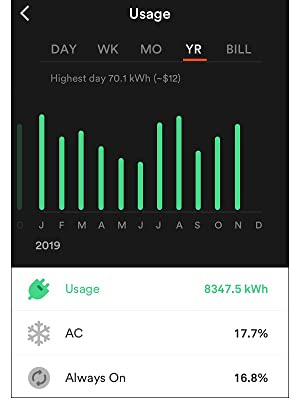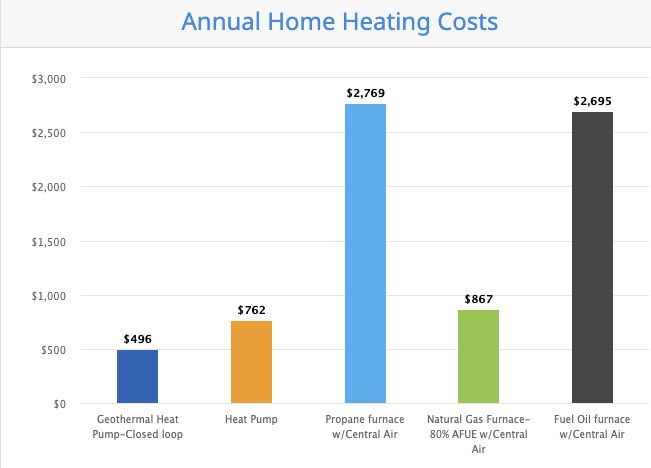Simple climate action // I S S U E 3 4 // H EA T I N G
Making zero-carbon sexy
By Jemima Kiss
Whatever we thought was needed to raise the profile of heat pumps, it probably wasn’t a hot-or-not style website that grades heat pump installation by attractiveness. That said, my brother Tom (who installed a heat pump in 2019) is now proudly sitting atop an admittedly short list of best heat pump installation photos on the website Pump Chic. You can catch a discreet glimpse of his legs being gently cooled by wafts of cold air from his EcoDan (a sleek £6,000 – £12,000 heat pump from Mitsubishi), while basking in the English summer sun.
There is a more serious point to this. As we’ve explored this month, transitioning heating from gas to renewable sources is a huge challenge and one that is critical to meeting emissions targets. Yet finding consistent information, sourcing a pump, and navigating the complexities of installation seems to be possible only for the ferociously determined — and with the resources to pay for it themselves.

Pump Chic was set up by Dr Michael Fell, a senior research fellow at University College London’s Energy Institute whose work explores the social aspects of energy use. He’s previously worked on a peer-to-peer energy trading game called Watts the Deal? and Should I Bake?, which helps people schedule cooking when there are more renewables available on the grid.
His thesis is that many people won’t want to have a bulky, industrial-looking machine in their precious outdoor space, so he’s trying to encourage examples of good landscaping around heat pumps; search “heat pump outdoor unit” on Google Images and you’ll see why. “While I don’t necessarily think that heat pumps need to be “sexy like a Tesla” (although it could help), I do think we need to pay attention to at least making them not off-putting to welcome into our gardens and homes,” said Michael. “We need to people to sit at their friends’ BBQ and not think “there’s no way I’m putting one of them in my garden…”
Though he’s starting with that cheeky hot-or-not feature, he really wants to encourage tips and guidance on how to make a heat pump unobtrusive or even stylish in any space, including using plants to provide screening, and using color, covers, and dealing with sound issues. “I’d like to include architects, garden designers, and amateur gardeners,” he said. “The mission is to maximize the chances that heat pumps are something people will be happy to welcome into their homes — once we’ve cracked admittedly bigger issues like cost!”
How do you plan to say warm this winter?
The guide to heating (and cooling) your home sustainably
By Willem Marx
Our homes are the biggest machines we operate. Heating and cooling them all year round generates most of the emissions in our lives (besides our transportation). To cut greenhouse gases from your home, we’ve pulled together the best from a month researching zero-carbon heating systems to make your home carbon-free.
First, where is your power coming from?
No matter how you heat your home, start with the power source. Most emissions come from the electricity we consume or the fossil fuels we burn. The first is now easy to eliminate. It wasn’t always. For years, the only option involved installing solar panels on your roof. These days, renewable electricity is as easy as a subscription.
There are two popular options. One is to purchase clean energy directly off your local grid (or buy an equivalent amount elsewhere in the country): Arcadia Power does this for you. A second (and newer option) is community solar. Rather than install solar panels on your roof (although invite installers to bid to do that work for you here), you can buy a share in a solar project operated for subscribers. That locks in low prices, and eliminates future emissions. EnergySage can find those in your area.
If you’re still burning oil and gas, read on.
Second, how much energy are you using
This is easier than it used to be. Many utilities now provide detailed data on how much energy you’re using, enabling you to compare usage to similar homes and apartments. If you like, third-party services like Arcadia Power can display track your daily energy consumption. Or go deeper: energy monitors plugged into your home can even identify individual appliances gulping power and personalize efficiency recommendations (see the report from the Sense monitor below).
So, take a close look at your annual energy costs: how much electricity you use at different times of the year. You want to have a complete and thorough picture before making any expensive decisions.
Now, calculate the fuel that’s right for you
Heat pumps are remarkable machines. They’re incredibly efficient, sipping energy while keeping your house at just the right temperature.
But to get down to the dollars and cents of it, lot of variables must be considered. We tested a lot of calculators that claim to let you calculate your savings between various heating sources from geothermal to heat pumps to fuel oil. Most disappointed, but a few stood out: Piedmont Electric co-op in North Carolina has a heating comparison calculator that makes it simple. In colder climes, Maine has a similar one. Our only caveat is that you need to consider upfront costs (installation and the price of the appliance) along with annual costs. Most installers will give you a free quote when you tell them what you’re thinking of doing. For some homes, the payback period for a new heat pump is just a few years. For others, it may take far longer.
Why pay retail? Incentivize yourself
Governments around the world are pouring money into clean energy. Renters and homeowners can be the beneficiary.
Ditching or minimizing fossil fuels is almost always cheaper year to year, especially in less extreme climates. The real question is how fast do you want your investment in energy efficiency to pay itself back.
Here there are lots of government programs that make it even more attractive to make the switch. In the UK, installing a heat pump can net you £15,400 ($21,400) in tariffs over 7 years. In New York, the state government offers a $300 rebate on top of local and national incentives.
But let energy efficiency agencies and home contractors do the paperwork: many bundle together incentives for you. You only need to contract for the installation, and let them handle the rest. One caveat: this takes time. If you wait until your aging furnace breaks in the winter 😬, you will be hard-pressed to do this on short notice.
Finally, insulation is the gift that keeps on giving. It keeps you cool in summer, warm in the winter, and you only have to pay for it once. Improved roof insulation, improved wall insulation, draft prevention, and triple glazed windows all make a big difference in your utility bills. Thermal consultants can prove useful. Make sure contractors are certified, clear about costs and provide estimates of savings for your heating costs.
And with that, we wish you a comfortable, carbon-free home
Hothouse is a weekly climate action newsletter written and edited by Mike Coren and Jemima Kiss. We rely on readers to support us, and everything we publish is free to read.
Read our full archive at www.hothouse.solutions











I am really thankful to you because you give me this beautiful article related to heated pump and how to over come this situation but if any one wants to know about how to monitor solar energy and solar system then their is a website name SolarGenic you must visit this site, it's best solar monitoring system allows installers and service providers to offer advanced, qualified PV monitoring with our professional portal. Multi-Brand Hardware in one platform the ultimate solar solutions with remote monitoring system, it can maximize energy costs. Energy monitor or energy monitoring devices is compatible with over 100 plants, with the Help of Solar monitoring software.
For more information visit website : https://solargenic.net